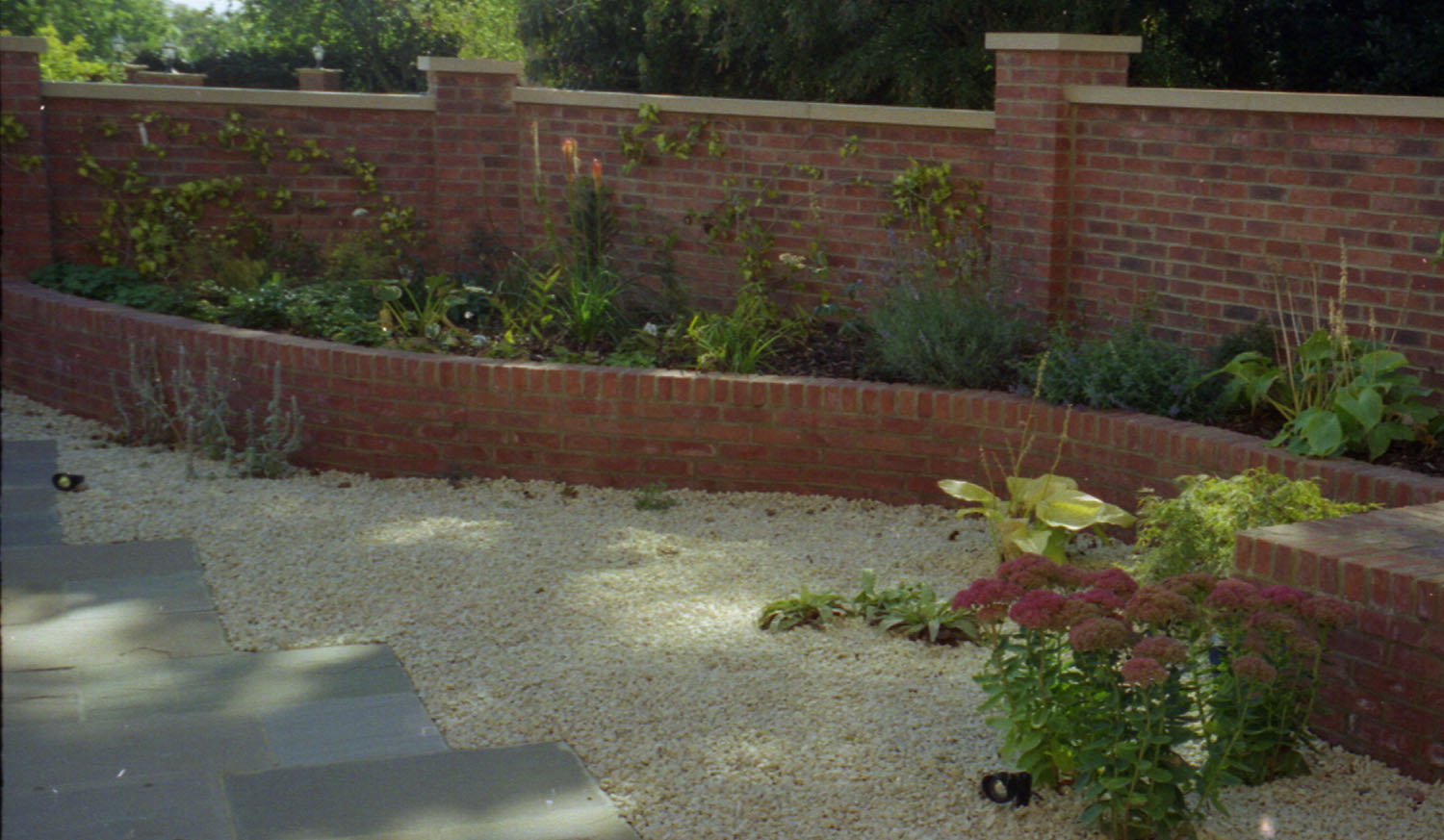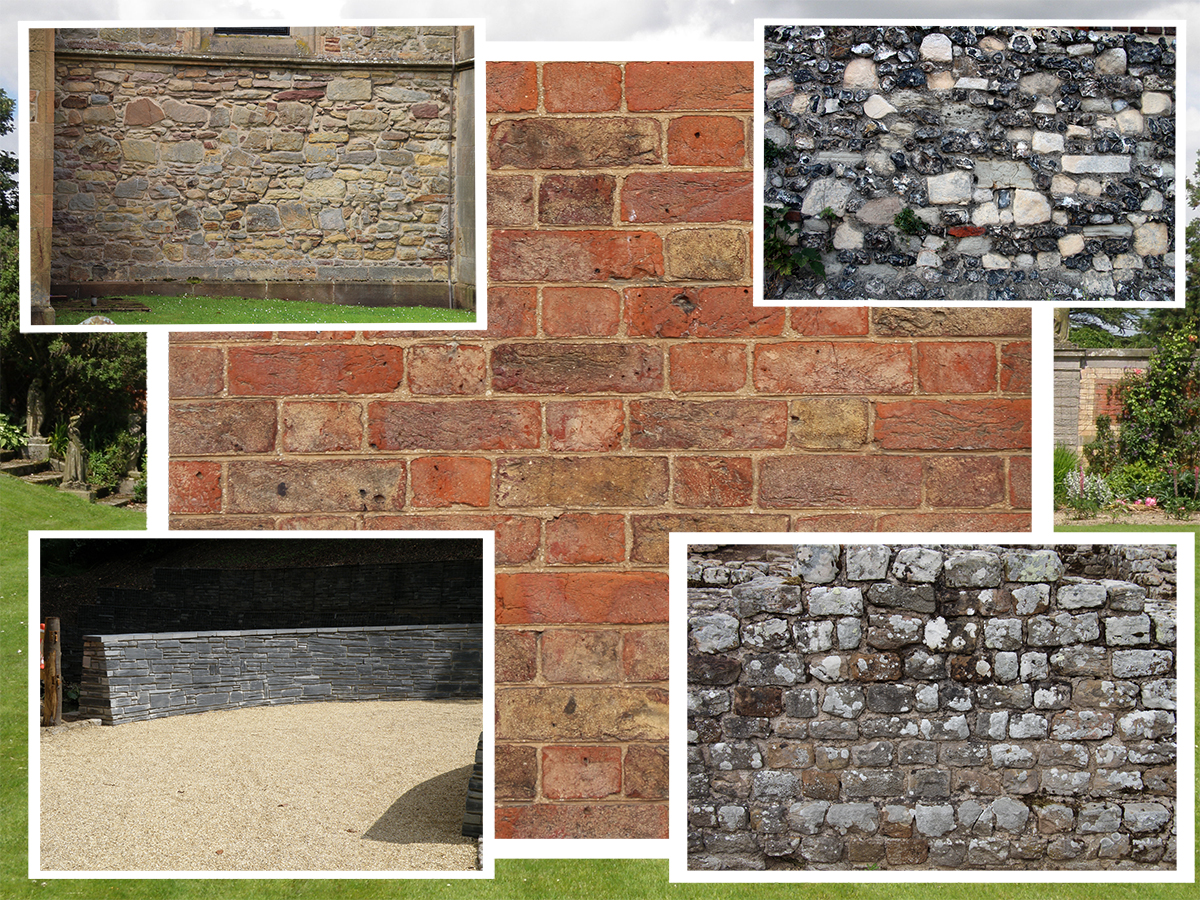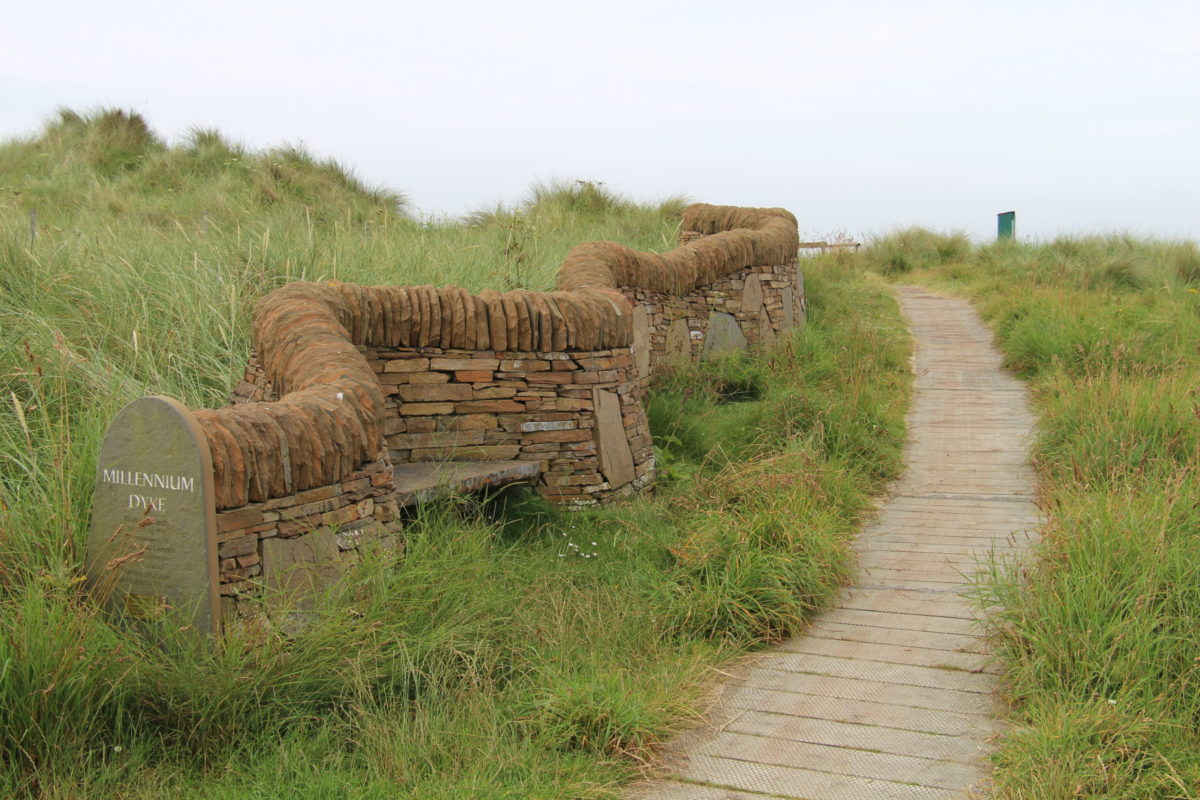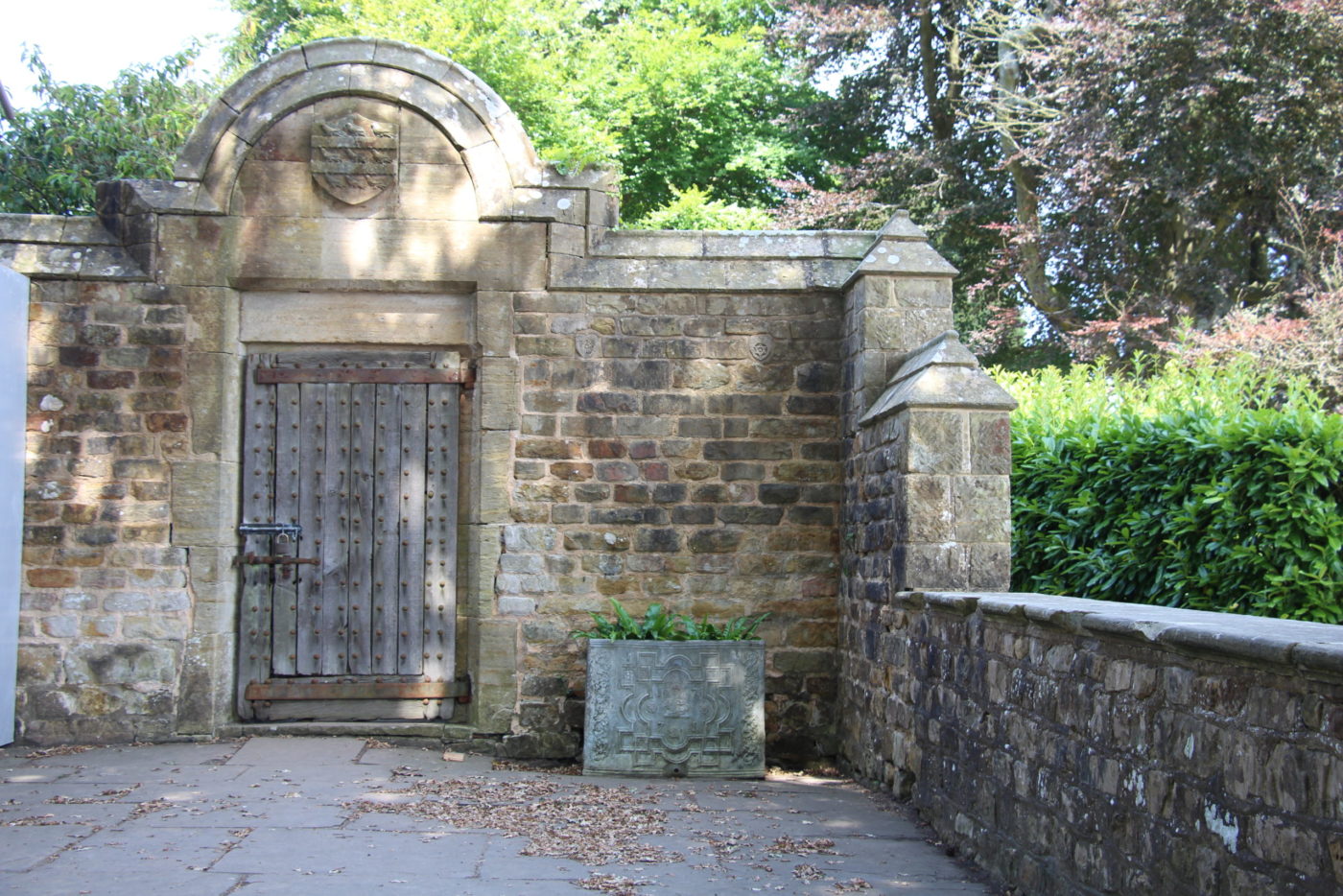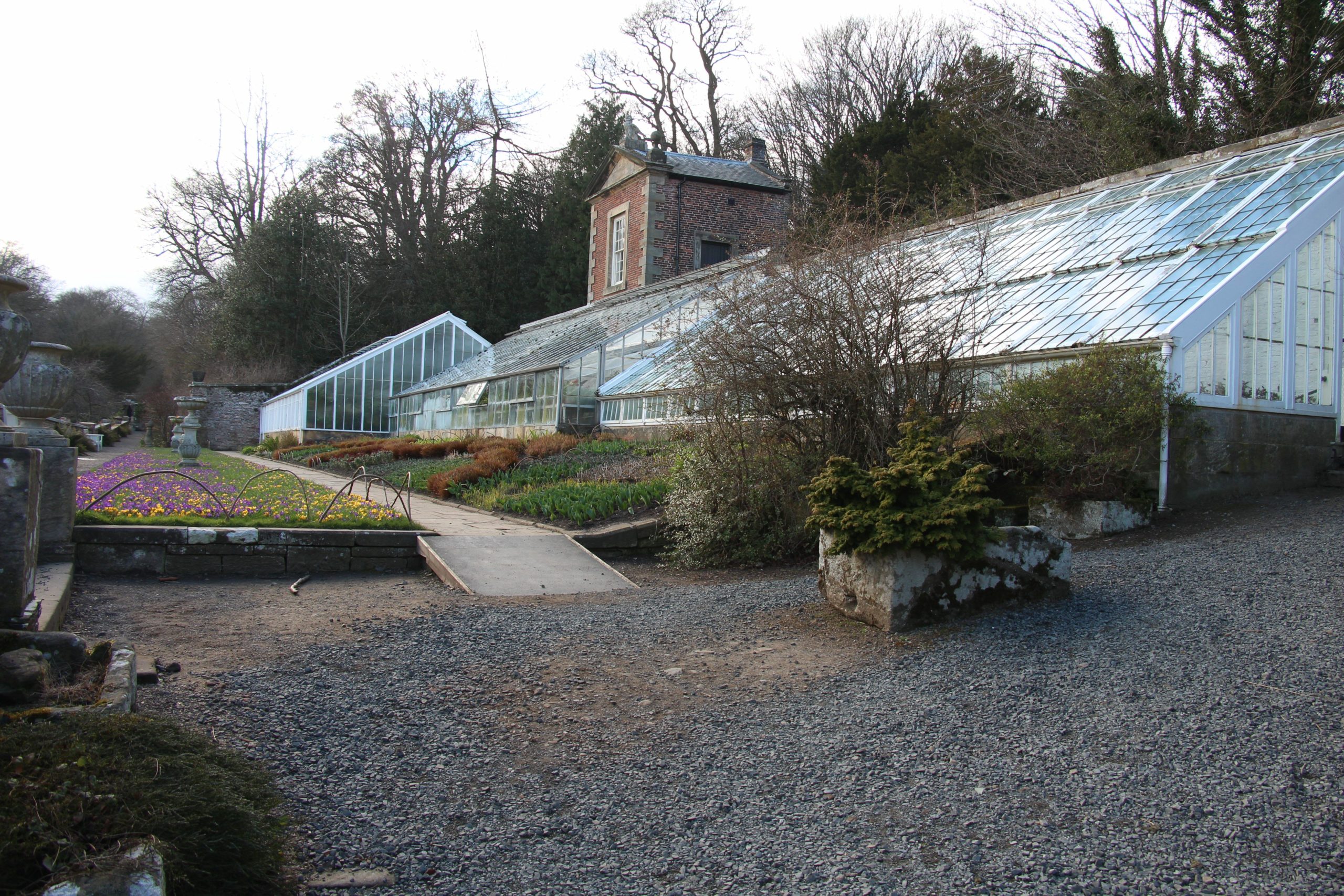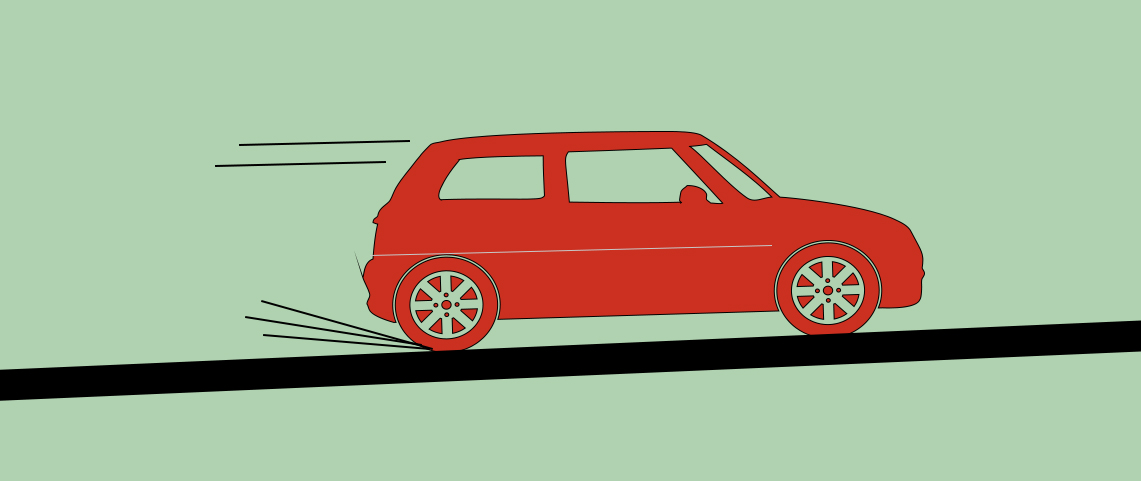-
The minor wall building materials
Metal Though important in building is garden use is rather limited but can if used carefully can be very effective. The term metal encompasses a vast range of material, many used since ancient times, and the suitability of a particular one will depend on the individual use planned. Reinforced concrete This material combines concrete and…
-
The main wall building materials
Brick One of the oldest and most durable building materials; its variability, flexibility, durability and strength has made a ubiquitous walling material. Traditionally made from dried earth the centuries of use and development has lead to a very sophisticated produce now mass produced in millions each year in the UK alone. The earliest bricks were…
-
Parts of a Wall

Garden walls are constructed from 5 distinct elements: Subgrade The first, the subgrade, is the ground the entire structure stands upon and so its stability and load bearing ability determines on whether the wall is going to remain standing. For these reasons the wall foundation should be onto undisturbed ground that has not been built…
-
Walling Materials

Historically walls have tended to be built from the nearest suitable materials and this has to very individual regional building styles. Since the advent of modern mass transport this has begun to be broken down; except where local planning restrictions have protected it. That is not to say the local traditional building style has to…
-
Types of garden walls

Free standing The simplest walls are free standing and these are normally used when boundaries are walled. In the UK garden walls above 2 metres high, unless they face the public highway when its 1 metre, require planning permission. That said this is only a basic guideline and local rules or covenants can often apply…
-
Garden walls

The wall is one of the oldest manmade structures, and its use in gardens is as old as gardens themselves. The word comes from the West Saxon weall which in itself comes from the Latin vallum meaning a rampart and in the garden walls are used as a natural development of earth ramparts. Initially walls…
-
Utility areas

Most gardens end up with an area for the bits you would rather not show off; where pots, wheel barrows and the like need to be stored. These areas need to be kept clean and tidy, so the paving needs to be smooth and easy to clean. As this is the working part of the…
-
Path design
Paths need a purpose. They have to take you somewhere. Of course this journey is not necessarily a physical one; many of the greatest journeys are ones of the mind. The upshot of this is that before “putting a path in” you must first ask the question – what is the path for? This in…
-
Drive dimensions

This is a short collection of notes on the dimensions of a private drive. These are for guidance only and should be checked before being used. Local regulations and restrictions may apply and you should check before starting any work. The drive entrance should only be at the verge crossing. The verge crossing will have lowered curbs…
-
Drive design
With drives, probably more than any other thing in gardens, the most important thing is it actually functions as the drive. No mater how nice it may look if it does work as a drive it is a waste of money. As ever there has to be some compromises, you may what a turning circle…


